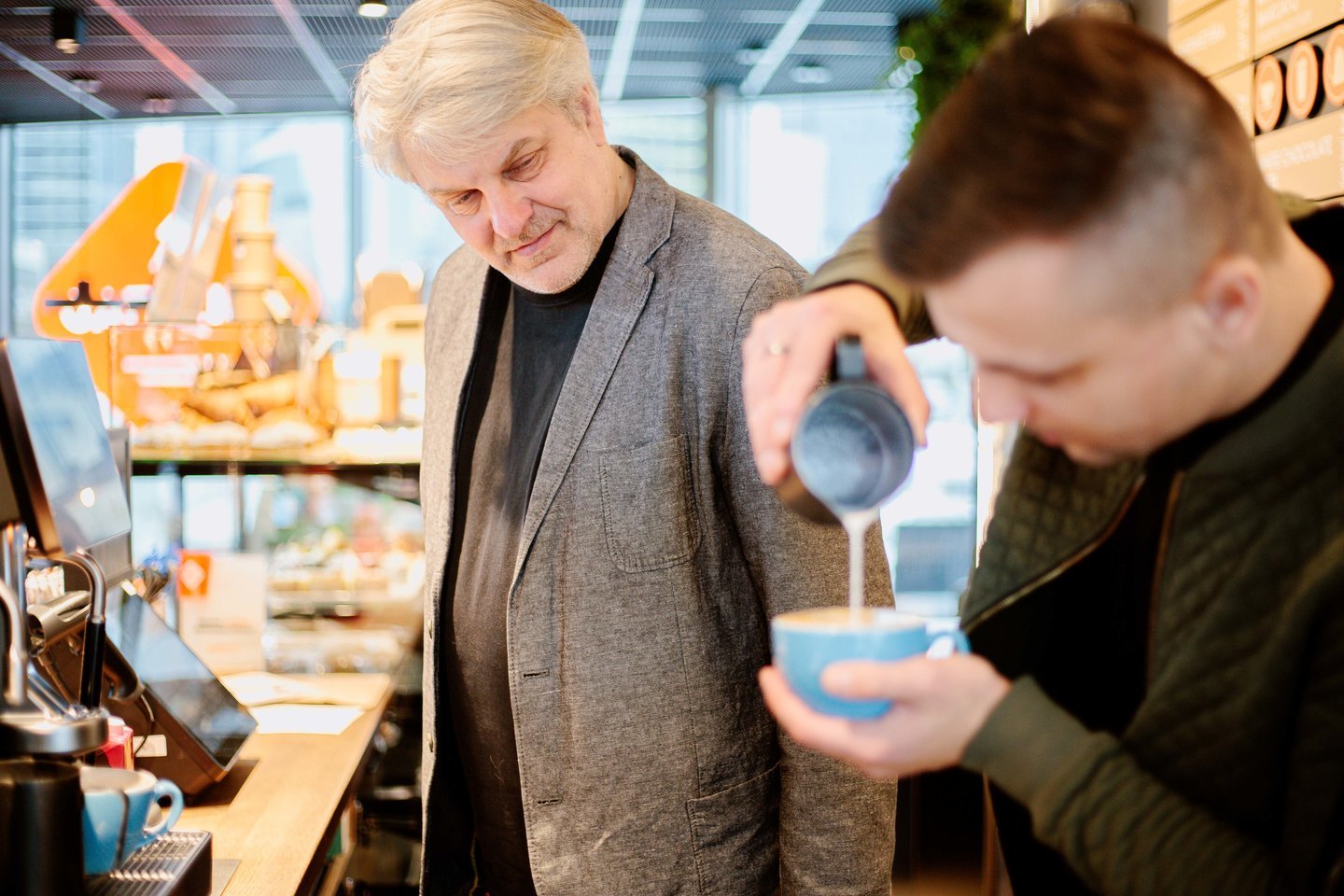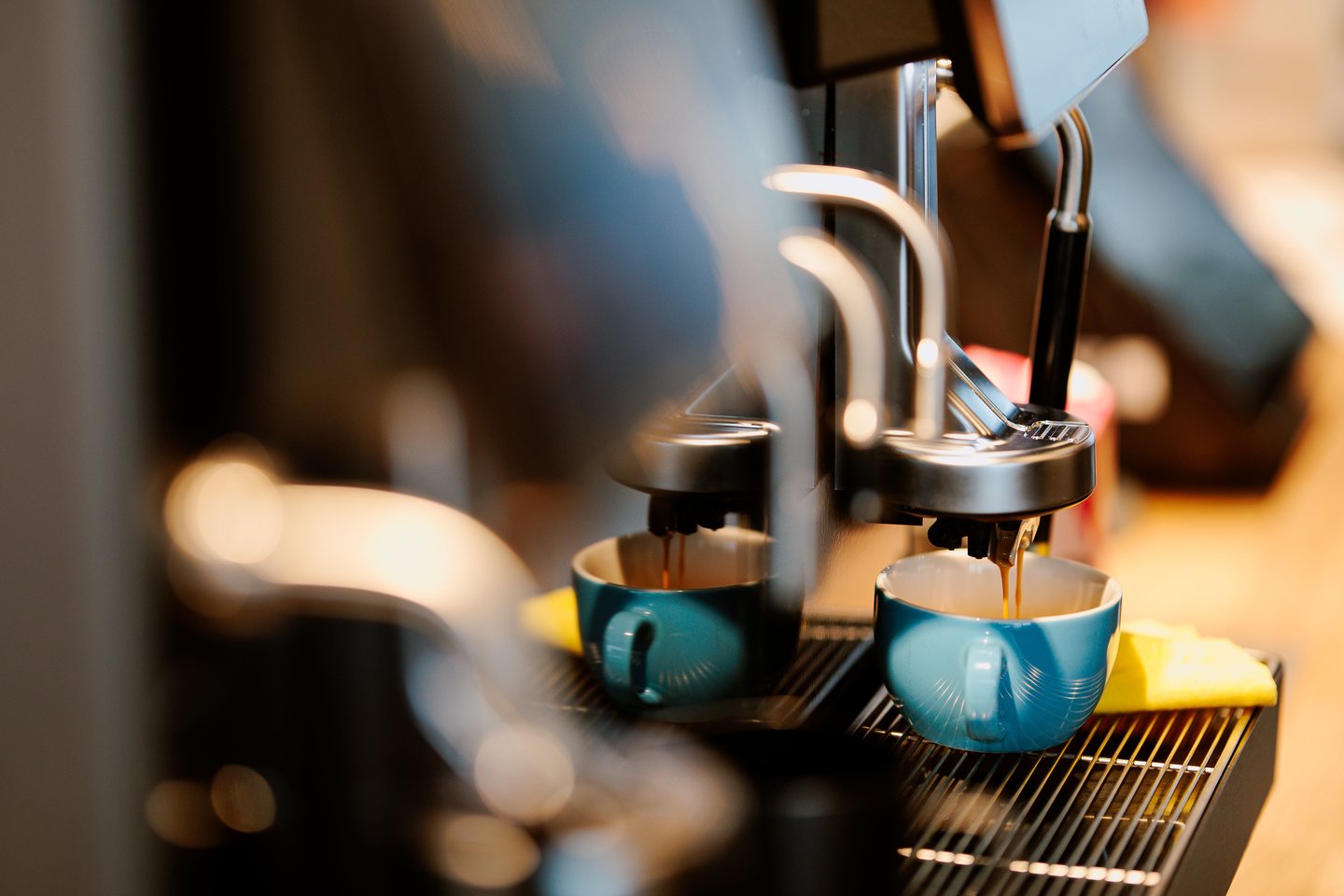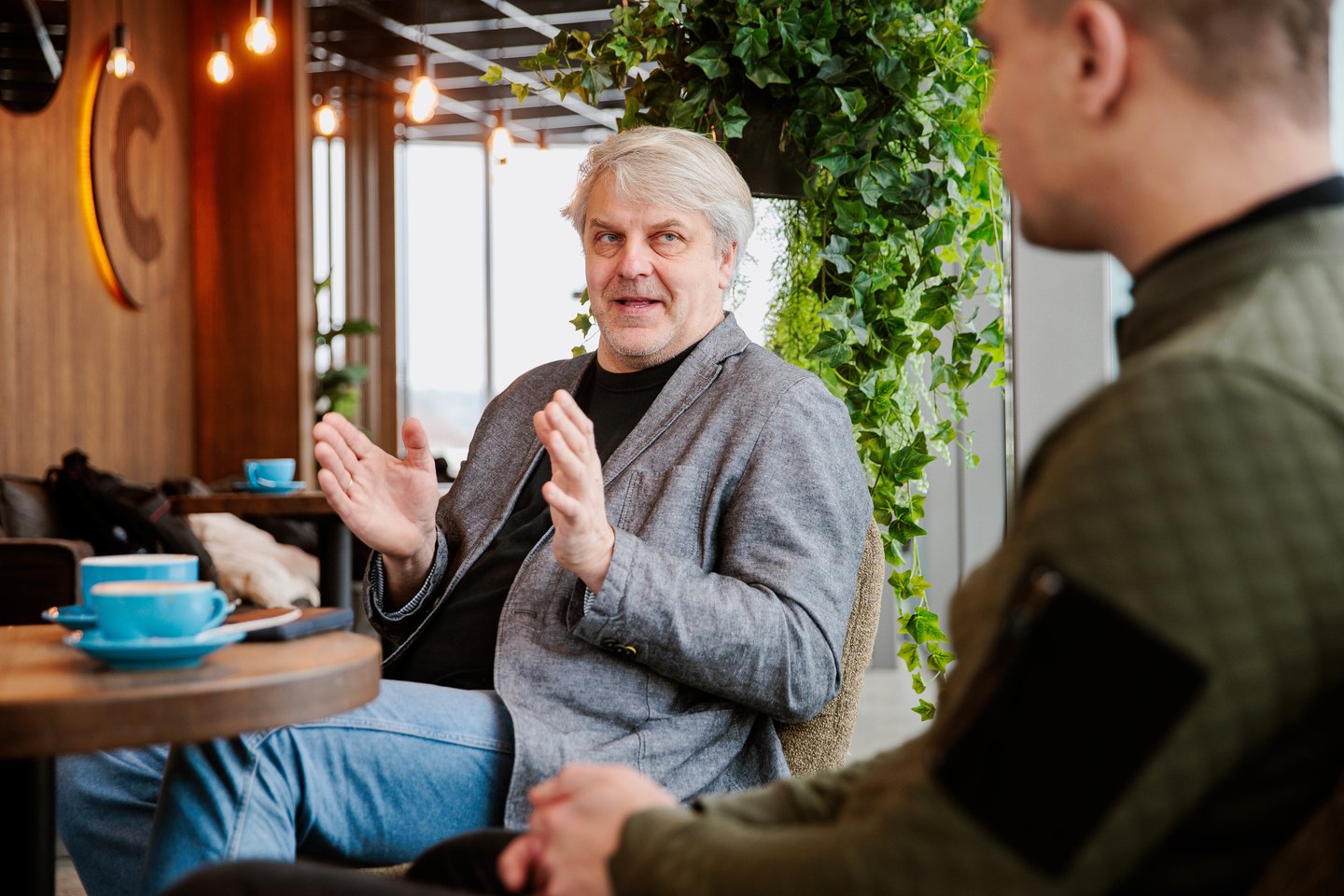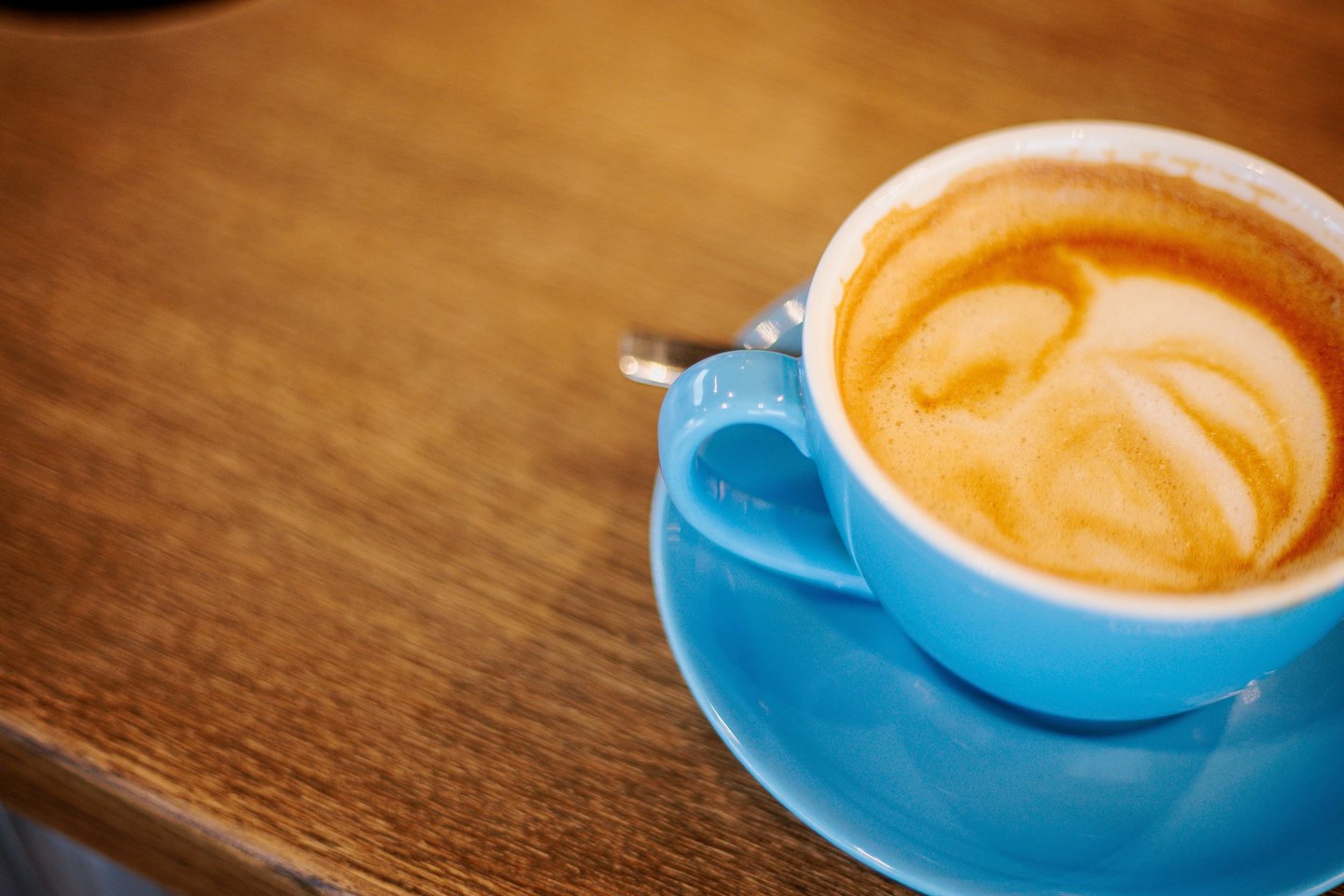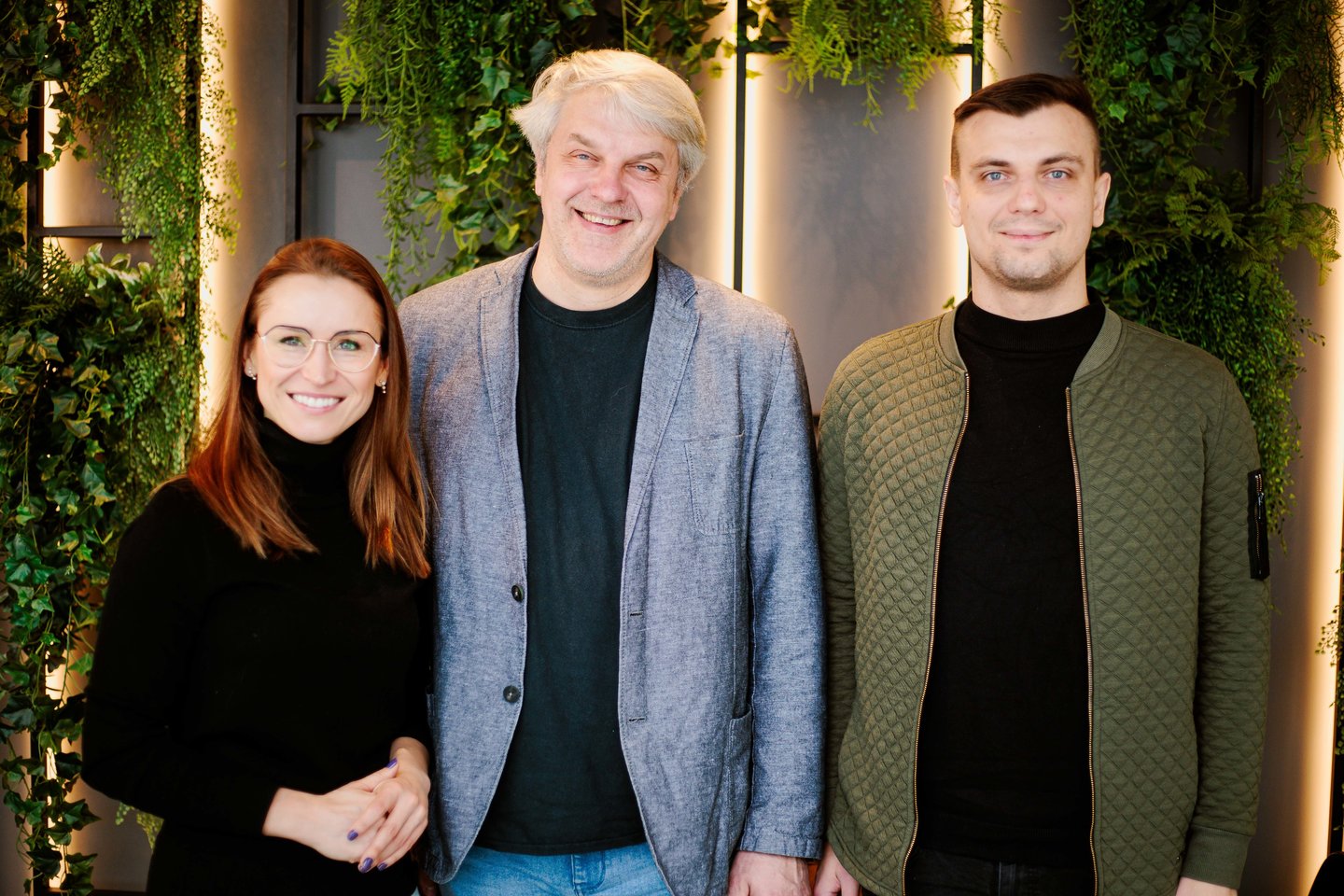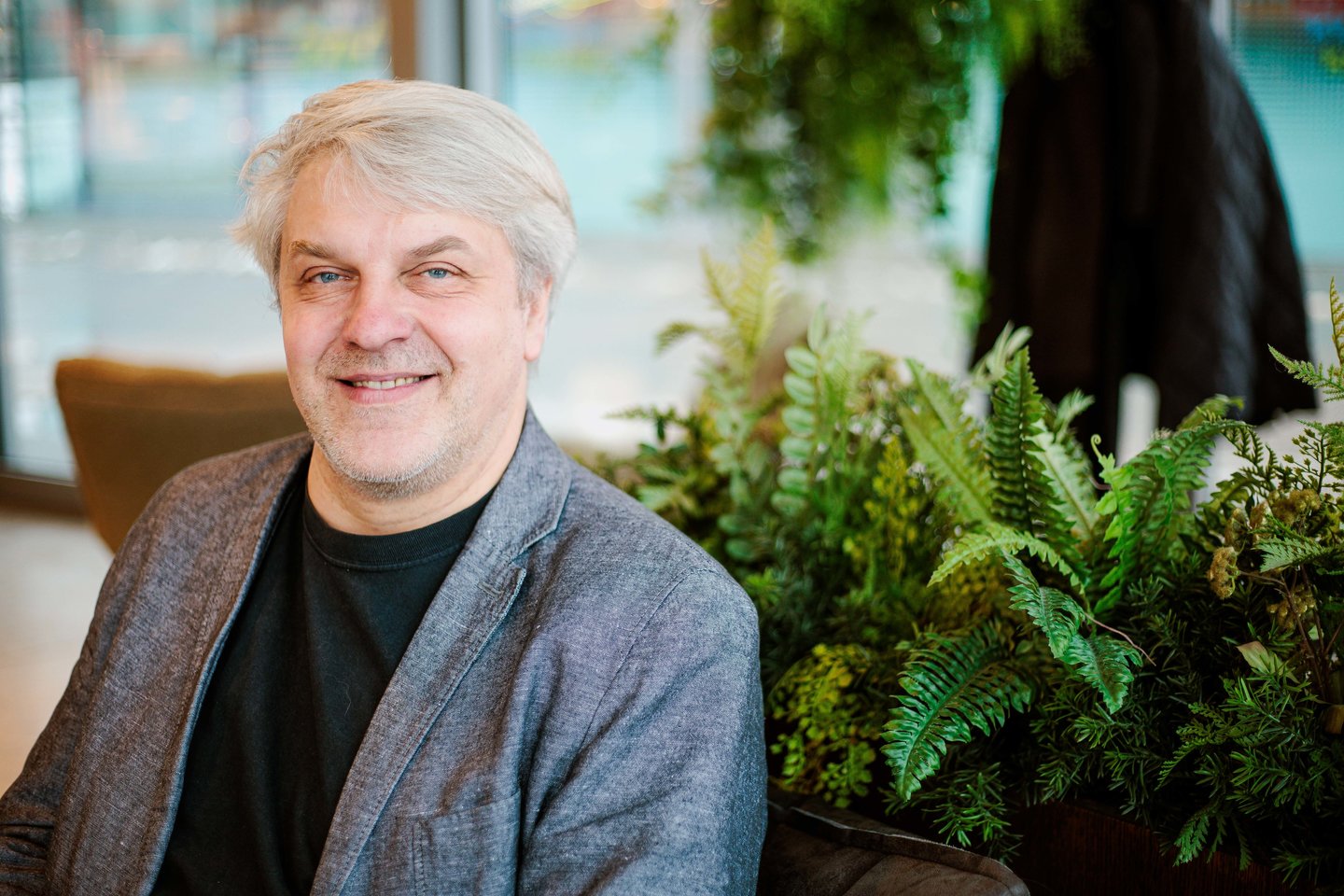A special consignment of coffee beans from Brazil was ordered for this Vilnius coffee. According to Gediminas Sereika, Head of Coffee Quality and Training at Caffeine, the drink is flavoured with chicory and sugar and is prepared with milk and cream. It will be available both cold and hot. "The knowledge of R. Laužikas, a researcher of gastronomic heritage, has helped us to discover a taste of coffee that will be acceptable to modern people but will also reflect what is close to Vilnius historically. When discussing historical recipes, we abandoned the idea of replicating the usual bitterness of coffee as described in the sources and, at the same time, the exaggerated sweetness, which is no longer acceptable to modern people. We have created a historical coffee that is suitable for today," says Sereika.
Professor Laužikas agrees that in the search for a Vilnius-style, historical coffee taste, the three essential ingredients that complement the coffee are a small amount of chicory root, cream or milk and sugar.
"We can get an idea of what coffee tasted like in the late 18th and 19th centuries from gastronomy books, memoirs and literary works. The famous poet Adam Mickiewicz, in his poem 'Ponas Tadas' (Mr Tadas)(published in 1834), described a good coffee as '...charcoal-black, amber-clear, mocha-scented, honey-thick. And everybody knows what good cream means to coffee...'," the professor quotes the famous work.
According to the professor, the coffee recipes of the period confirm the poet's description. The drink was brewed at a much higher ratio of coffee to water than is common today. In the 18th and 19th centuries, it was normal to mix 350 millilitres of water with 100-125 grammes of roasted, crushed coffee. The drink itself was boiled for a long time (at least 6-10 minutes, sometimes up to half an hour). "Another local ingredient may have added a dark and specific flavour to the coffee. In the 19th century, Anna Ciundziewicka gave a recipe for the best way to roast coffee in one of the most popular gastronomy books of the time, 'Lietuvos šeimininkė' (The Lithuanian Housewife), published in Vilnius. She wrote: "...the best coffee is made with ¼ of the roasted chicory root <...>. They should be roasted in the same way as coffee: not burnt, but not wet either....". Most people drink this kind of coffee with cream and sugar", says Laužikas.
Saulius Žilėnas, head of Reitan Convenience Lithuania, which manages the Caffeine chain of cafés, says that this special drink is a gift to Vilnius on the occasion of its 700th birthday. "The cafés in the chain are part of the city's modern culture, so we wanted to give the city something that would connect today with history. On the other hand, the team's joint work is proof of how coffee culture has changed during this period - special quality requirements for this beverage are being set, more and more attention is being paid to sustainable solutions, and all of our coffees, including Vilnius coffee, are made from organically grown beans," comments S. Žilėnas.
The Coffee Road
According to historian R. Laužikas, the coffee tree can still be found in its homeland, Ethiopia, but it has been a long journey from wild coffee trees to the coffee we know today. "Yemen and the port cities of Moka, and the Ottoman Empire as a whole, have a special place in this story. Perhaps because Islam forbade the consumption of alcohol, they developed a culture of coffee drinking as a substitute," the professor points out.
Late 16th to early 17th century In the early 17th to early 17th century, coffee began to spread from the Ottoman Empire to the Republic of the Two Nations (Poland and Lithuania). The King of Poland and the Grand Duke of Lithuania, John Sobieski, were particularly instrumental in popularising the drink. "He was a true coffee gourmet and an influencer of the beverage in his time. The King was copied by the nobles, the nobles by the less wealthy peasants and rich townspeople, and the nobles by the rest of the country. In the 18th century, coffee preparation and drinking tools were already found in the homes of Vilnius citizens. At that time, the first cafés were established in the city, and in the suburbs, coffee taverns - coffee houses - were set up," says the professor about the history of coffee.
Historic Vilnius coffee can be tasted in the cafés of the capital's coffee chain from 5 June.
